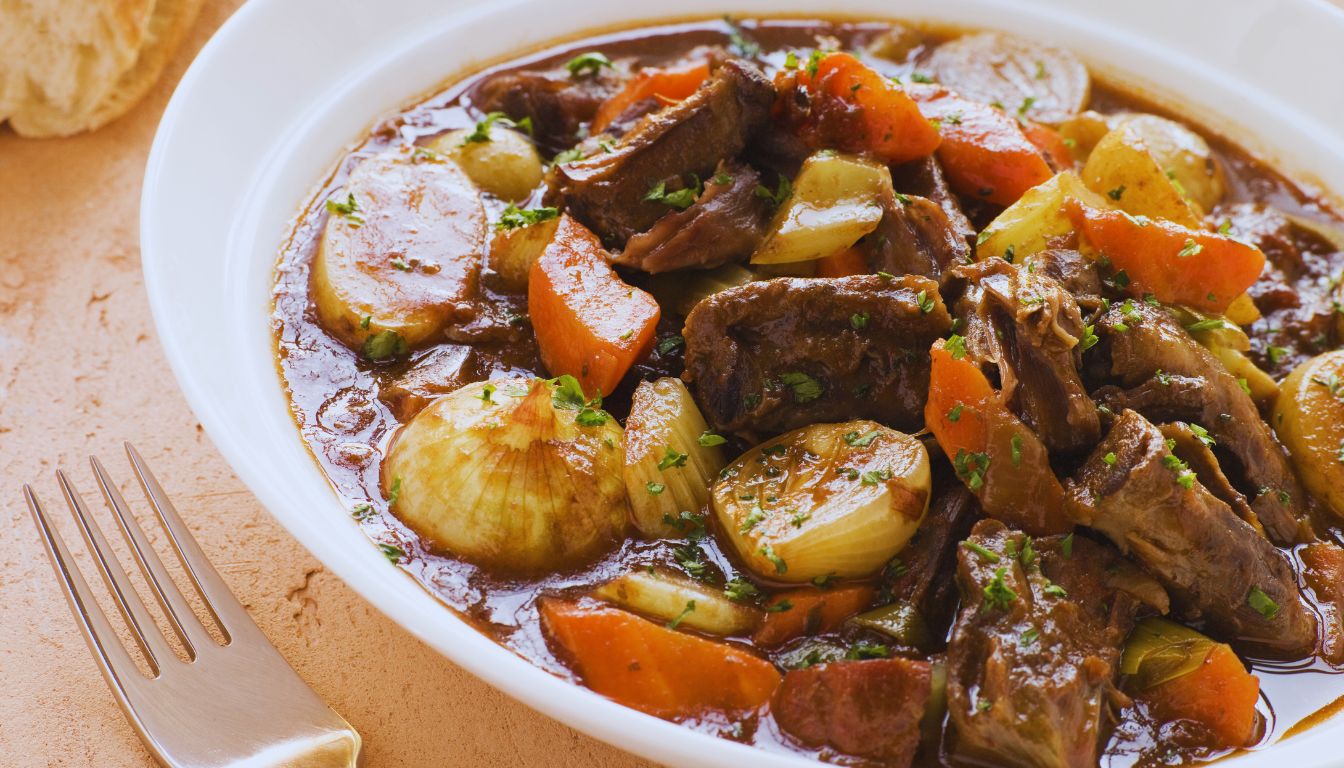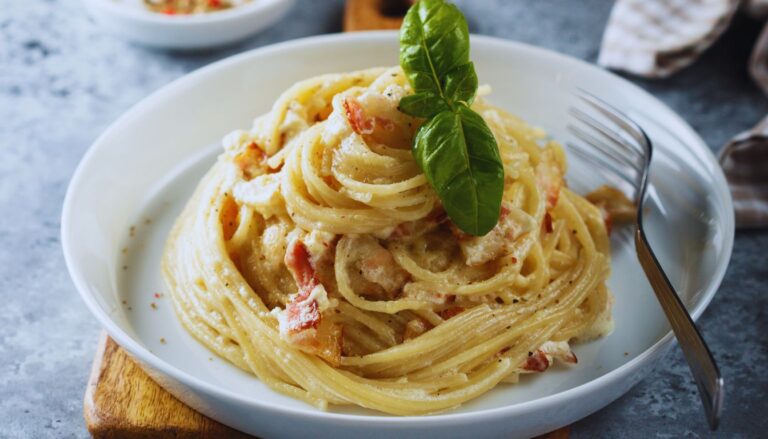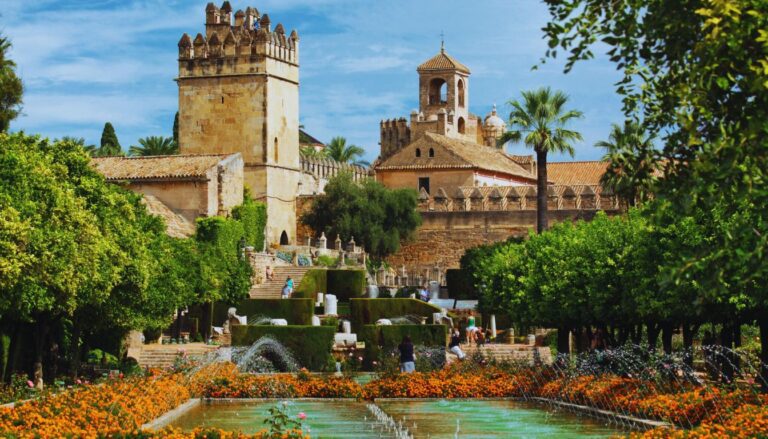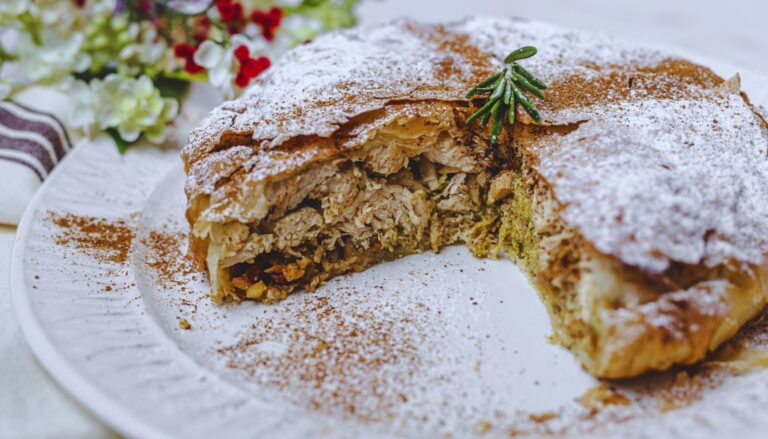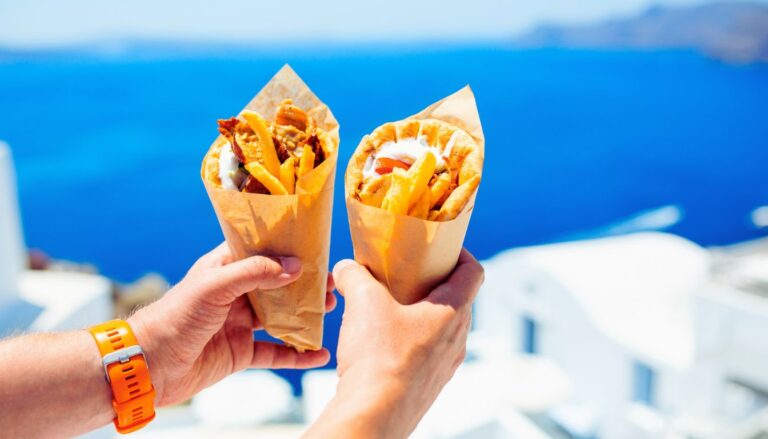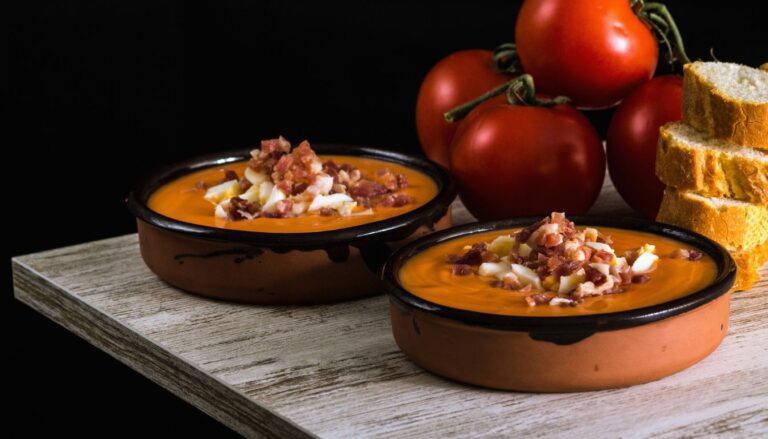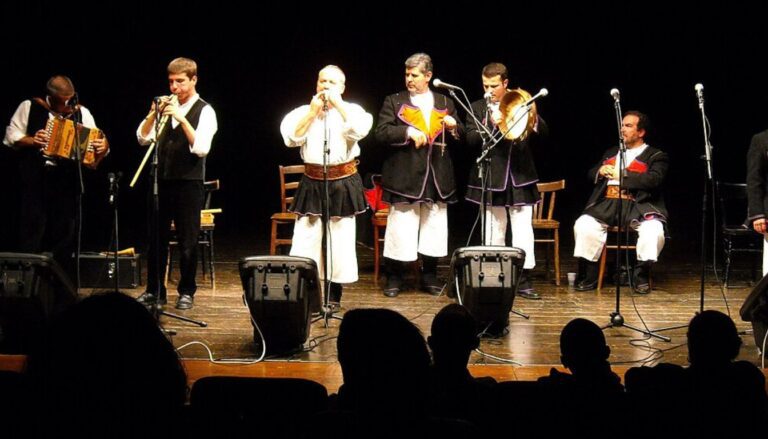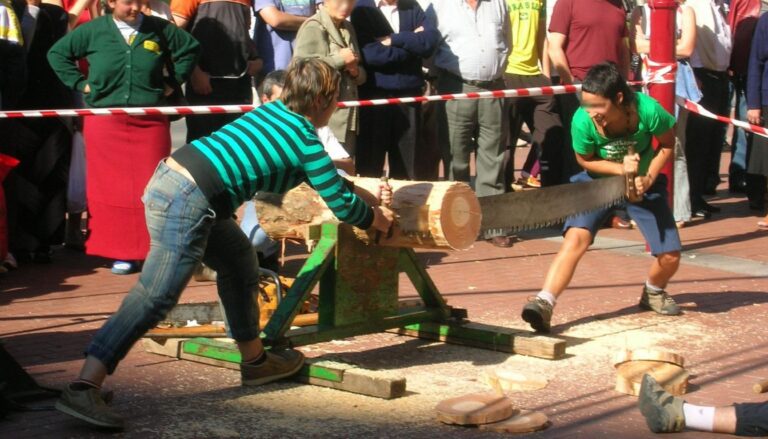Rabo de Toro, Cordoba Spain
In the shadow of Córdoba’s Mezquita, where Moorish arches frame centuries of Andalusian history, Rabo de Toro emerges as a testament to the city’s rich culinary heritage. This sumptuous oxtail stew, slowly braised to fork-tender perfection, tells the story of a dish born in the city’s ancient Roman amphitheater and perfected through generations of local tradition. Each spoonful carries the essence of Córdoba’s passionate soul, where matadors once dedicated their conquests to the creation of this noble dish.
Table of Contents
Origins and History
The origins of Rabo de Toro trace back to ancient Roman times, but the dish gained prominence during the golden age of Spanish bullfighting. The tradition began in Córdoba’s Plaza de los Califas, where:
- Butchers received premium cuts after bullfights
- Local taverns developed signature recipes
- Families preserved cooking techniques
- Celebrations centered around the dish
- Cultural traditions evolved
Historical records from the 19th century document the dish’s transformation from humble tavern fare to celebrated regional specialty.
Cultural Significance
Rabo de Toro represents more than just sustenance:
- Symbol of Córdoban identity
- Connection to bullfighting tradition
- Representation of slow food culture
- Celebration of resourceful cooking
- Embodiment of local festivities
The dish maintains its status as a cultural touchstone, often served during significant celebrations and local festivals.
Ingredients and Preparation
Traditional Rabo de Toro requires specific ingredients and patient preparation:
Essential Components:
- Oxtail sections
- Extra virgin olive oil
- Fresh vegetables
- Local herbs
- Traditional spices
Key Aromatics:
- Garlic
- Onions
- Carrots
- Bay leaves
- Black peppercorns
- Fresh thyme
Preparation Method:
- Careful cleaning and trimming
- Initial searing for flavor
- Slow braising process
- Sauce reduction
- Extended resting period
Where to Try It
Notable Establishments:
- Restaurante Casa Pepe de la Judería: Historic setting
- Taberna El Rinconcillo: Traditional preparation
- Bodegas Mezquita: Refined interpretation
Neighborhood Recommendations:
- Explore restaurants in Judería (Jewish Quarter)
- Visit taverns near the Mezquita
- Discover family-run establishments in San Basilio
Eating Etiquette and Customs
Understanding local dining customs enhances the experience:
- Served as a main course
- Best enjoyed with crusty bread
- Traditional lunch timing
- Eaten with proper utensils
Seasonal Considerations
While available year-round, certain factors affect the experience:
- Best enjoyed during cooler months
- Festival season specialties
- Traditional winter comfort food
- Special preparations during feria
- Holiday variations
Modern Interpretations
Contemporary chefs honor tradition while offering innovations:
- Creative presentations
- Updated cooking methods
- Alternative meat cuts
- Modern accompaniments
- Fusion elements
Practical Information and Travel Tips
Essential guidance for experiencing authentic Rabo de Toro:
- Reserve at traditional establishments
- Understand proper meal times
- Learn basic Spanish phrases
- Ask about cooking duration
- Consider local food tours
- Time visits with festivals
- Respect traditional settings
Making Your Rabo de Toro Journey Memorable
Immerse yourself in Córdoba’s rich culinary heritage by exploring the medieval streets of the Jewish Quarter, visiting the magnificent Mezquita, and timing your meals with the rhythm of local life. Remember that each bowl of Rabo de Toro connects you to centuries of Córdoban tradition, where the art of slow cooking transforms humble ingredients into a masterpiece of flavor and texture.

